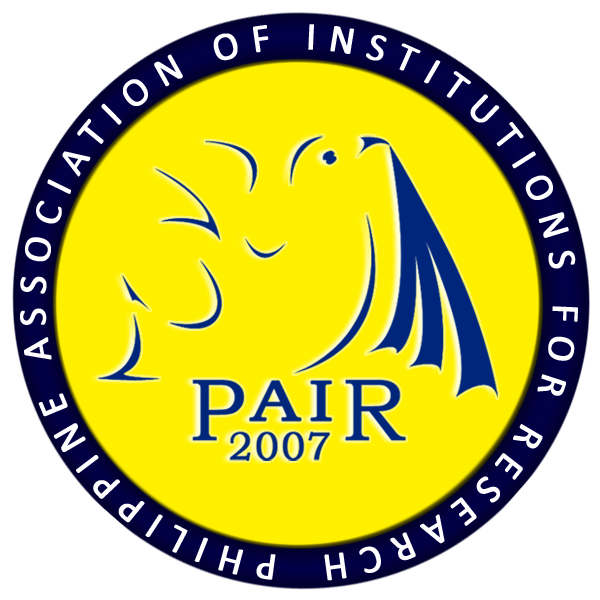Revisiting Employment Vulnerability Index Using Principal Component Analysis
DOI:
https://doi.org/10.7719/jpair.v42i1.797Keywords:
Social Science, Types of Employment Unemployment rate, EVI ranking, PhilippinesAbstract
The share of workers in vulnerable employment is directly linked to the share of people living in poverty. The statement recalls why understanding the employment vulnerability index (EVI) of a nation based on the present situations is very relevant. In view of that, The International Labor Organization (ILO) designed a parameter to predict the possible increase or decrease of the employment vulnerability index. However, the said formula does not capture the general issue of employment vulnerability, specifically in terms of the principal component. Hence this study was purposely conducted to develop a unique formula in computing EVI as a form of resolution in the development of vulnerability indices using the Principal Component Analysis. The principal component analysis develops indicators of vulnerability in employment using the United Nations Development Program (UNDP) data. The results identified two principal components that determine 82.60% of the variance of Employment Vulnerability. The generated formula concludes that the Employment vulnerability index is a function of types of employment and unemployment rate. Types of employment included the employment in agriculture and employment in services, and the unemployment rate comprised of employment to population ratio, unemployment labor force, unemployment youth, and labor force participation. Further, types of employment should be given more emphasis when it comes to EVI Plan than unemployment rate hence, type of employment shows greater influence to EVI with 66.30% compared to unemployment rate with only 33.70%.
Downloads
References
Anderson, B. (2010). Migration, immigration controls and the fashioning of precarious workers. Work, employment and society, 24(2), 300-317. Retrieved from https://doi.org/10.1177/0950017010362141
Downloads
Published
Issue
Section
License
Copyright (c) 2020 Glecil Joy L. Dalupo, Gary D. Garcia

This work is licensed under a Creative Commons Attribution-NonCommercial 4.0 International License.
Open Access. This article published by JPAIR Multidisciplinary Research is licensed under a Creative Commons Attribution-Noncommercial 4.0 International (CC BY-NC 4.0). You are free to share (copy and redistribute the material in any medium or format) and adapt (remix, transform, and build upon the material). Under the following terms, you must give appropriate credit, provide a link to the license, and indicate if changes were made. You may do so in any reasonable manner, but not in any way that suggests the licensor endorses you or your use. You may not use the material for commercial purposes.




















